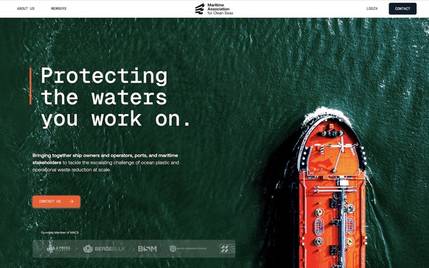VPS: Are Distillate Fuels The “Trouble-Free” Marine Fuel?
With the recent implementation on May 1, 2025, of a new Emission Control Area (ECA) in the Mediterranean Sea, the question arises regarding an increase in demand for marine gas oils/distillates.
VPS's article looks to address current marine distillate quality and the test parameters which can be employed to assist in determining fuel quality and the relevant fuel management considerations, required to mitigate any associated risks through the following:
- Density
- Viscosity
- Flash Point
- Cold-Flow Properties
- Lubricity
- FAME
- Microbial Activity
- Incompatibility
For decades global shipping has thought of distillate fuels as problem-free fuels. Yet, while High Sulphur Residual Fuels andVery Low Sulphur Fuels offer certain fuel management challenges, marine distillate fuels, are not exempt; they simply have different considerations and challenges.
Within the ISO8217:2024 marine fuel standard, there are four grades of fossil marine distillates: DMA, DMB, DMX, DMZ, plus three Fatty Acid Methyl Esters (FAME) containing distillates, DFA, DFB and DFZ, to support decarbonization compliance.
Today, DMA is the most commonly used marine distillate. Suitable for most marine engines, DMA is known for its cleaner combustion, consistent performance, and ability to reduce emissions when compared to heavier, residual marine fuels. This type of fuel is also commonly referred to as Low-Sulphur Marine Gas Oil (LSMGO).
It is fair to say, despite opposing opinions, that marine distillates can exhibit challenging fuel management issues. Like all fuels, distillates have their pro’s and their con’s, but if the con’s are known and understood, then the associated risks can be minimized. Testing of distillates is a major part of this fuel management process in reducing the potential risks associated with poor quality distillate fuels.
As the drive to decarbonize shipping continues, the reduction of GHG along with sulphur oxides (SOx), nitrogen oxides, (NOx)and particulate matter (PM) will continue. So, just as the Mediterranean Sea have now implemented a new ECA, other regional ECAs will come into force.
Going forward at this time, the sulphur limit to enter and operate within an ECA will continue to be 0.10%, This will inevitably lead to an increase in demand for MGO fuels and ULSFOs for vessels sailing within these waters. We may also see an increase in demand for FAME/MGO biofuel blends in order not only achieve the sulphur requirements, but also to simultaneously reduce the CO2 and GHG emissions within the ECAs.
On average, the world fleet spends an estimated 6% of time at sea within the Mediterranean ECA, based on 2024 data, with cruise and passenger vessels among the most exposed vessel types, each spending around 20% of time at sea within the ECA boundaries.
Already within the Mediterranean Sea, there is an increase in marine distillate bunkerings. May 2025 is already showing an increase in distillate tonnage deliveries of +35% over May 2024, and a comparison between January 2025 and May 2025 suggests distillate tonnage to increase by 2.5 times. The off-specification of distillates is currently running at 3.1% within the Mediterranean Sea.











